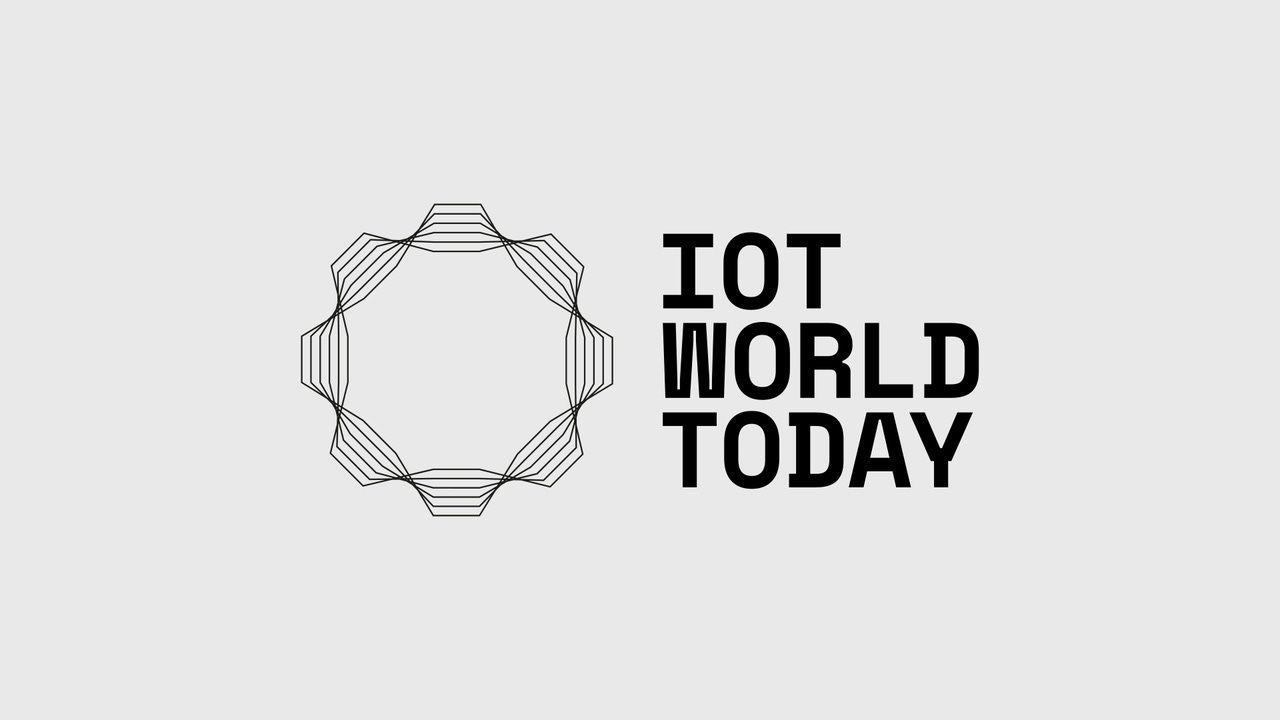Frictionless Government: Help Constituents Prosper In The Digital Age
January 17, 2017

Sponsored Content
Throughout history, government has had three major roles: to provide services, protect citizens, and promote prosperity. With the evolution of the Internet of Things (IOT) and the digital economy, how will these roles be addressed in the future?
Digitization is creating seamless transitions between government, vendors, and citizens. It accomplishes this using data from sensors on objects, crowdsourcing on social media, and transactions from agency systems. This information helps us garner better insights and drive a frictionless government experience.
Providing services
Our country has been in a strong urbanization trend, especially following the second Word War. This trend has two serious effects: It adds stress to overtaxed urban governments while leaving rural populations underserved. As technology advances at a breakneck pace, citizens demand a different experience. They expect the service level and experience they’ve received from digital shopping channels, banking, and social media. Business networks are being run on smart technology to optimize business, student, job-seeker, and service provider effectiveness.
At the same time, the IoT is linking a wide range of assets and critical infrastructure to provide better service. Sensors are placed to optimize waste removal, city parking, and public lighting demand. The government cloud makes reading utility meters and billing more seamless and lowers customer service problems. Having government cloud computing, hyperconnectivity, and the IoT helps you operate better. You can provide better traffic flow, disaster management, and personalized service. It’s also opening the way for future advancements, such as autonomous cars. The digital transformation doesn’t end there, though.
Governments used to use statistical trends to drive how services were provided. In the past, this has meant that you have to react to a rapid change in pattern instead of having resources in place ready to deploy. Today’s in-memory computing, combined with visual government analytics, takes massive amounts of data and turns it into insightful information that allows you to adapt to needs as they appear. Isn’t that better than reacting to a problem after the fact?
A frictionless government is proactive rather than reactive. It’s able to use government software to adapt to changes as they happen.
Protecting society
A government protects its citizens and society through many different channels. Emergency services react to the most pressing issues, while disaster services manage larger events. With digitization, these protective services can use government technology to better serve citizens. As an example, let’s look at the case of a tornado hitting an urban area.
In the past, knowing that a storm is coming and having supplies on hand to respond has been about the extent of preparation. Today, we’re able to track where the storm is coming from. We can request pre-positioning of supplies through aid partners. We can notify citizens through a variety of channels. After the disaster, social media provides opportunities for wellness checks. Software can model the areas of worst damage to speed up insurance claims and determine a course of action for recovery. We have the right resources in the right places at the right time. Social media or digital technology can be used to not only to identify areas of need but also to pinpoint who can volunteer to help.
But beyond that, our growing population is meeting technology. Utility demand can be moderated using new metering systems and smart technologies in the home and business. This allows us to better protect our finite natural resources. Digitization becomes seamless when technology works for you instead of creating problems. A seamless approach to government digitization allows citizens to sail through the system. Isn’t that better than dealing with bureaucracy after bureaucracy?
Enabling economic prosperity
Digitalization is one area that government is able to quickly enter to promote prosperity. Unfortunately, so is everyone else. Globalization is putting additional pressure on both businesses and governments. By digitizing, government could free up as much as $1 trillion in economic value worldwide every year.
Another way governments can promote prosperity in business is in the sharing of information. The vast majority of agencies feel their ability to deal with fraud has a critical effect on their ability to meet their goals. By digitizing, it’s much easier to find and stop fraud before it goes too far.
Digitized governments also have the ability to work in the shared economy. A great example of this was the regulatory framework created by the City of Philadelphia. It allowed AirBnB to provide accommodations for the September 2015 papal visit. Fritz Smith, a VP of hotel initiatives for Visit Philadelphia felt it helped a great deal: “They recognized that they needed to compete on a level playing field [with hotels], and they also wanted their owners, or their hosts as they call them, to feel secure that they were operating in a legal environment.”
How to achieve a frictionless digital government
E-government systems brought the existing operational models online. Frictionless government simplifies and innovates the operational model. It removes the constraints across channels while putting citizens first. It fosters a digital mindset in government that focuses on the best outcomes. It does this by using creativity and expert insights to fundamentally reimagine and transform all aspects of government.
The foundation of digitization is a platform that is flexible, secure, and innovative. It operates in real time to provide immediate response while simplifying the process. Insightful decisions + real-time transactions = frictionless government.
Learn more about digital transformation for public sector here.
Martin Klein

About Martin Klein
Martin Klein is the global vice president and head of the Industry Business Unit for Public Sector at SAP. He is responsible for driving the company’s overall strategy for this industry, directing product and solution road maps, and leading go-to-market activities.
You May Also Like






